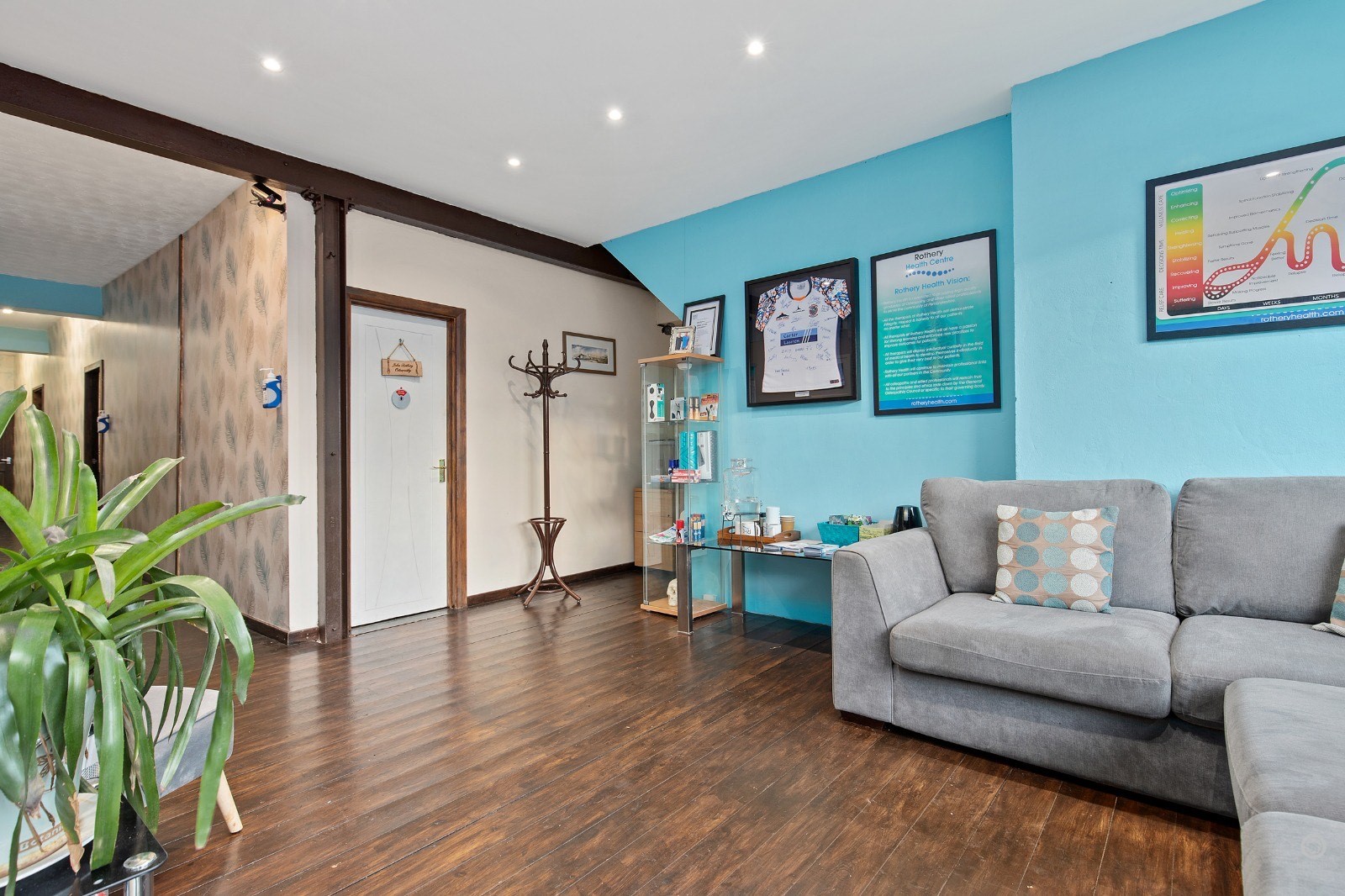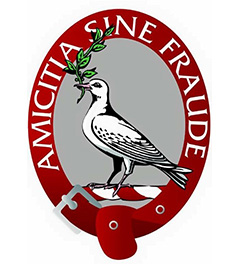Whilst on holiday in Italy recently our hotelier who was a very keen footballer/tennis player and generally a nice guy wanted to tell me all about his groin problem he had been experiencing for a number of months (once he found out I was an Osteopath….occupational hazard I suppose?) which I agreed to look at. He had been seeking various treatments from Osteopaths/GPs and Physiotherapists in Pescara,Italy and nothing appeared to be helping.
A sports hernia is probably the least understood of all the injuries that involves athletes and is a tear to the oblique abdominal muscles. Unlike a traditional hernia, the sports hernia does not create a hole in the abdominal wall and in this particular case there was no visible protrusion. As a result there is often no visible bulge under the skin and therefore this makes a definitive diagnosis of sports hernia difficult.
The soft tissues most frequently affected by sports hernias are the oblique muscles in the lower abdomen. Especially vulnerable are the tendons that attach the oblique muscles to the pubic bone. In many cases of sports hernia, the tendons that attach the thigh muscles to the pubic bone (adductors) are also stretched or torn….making diagnosis even more difficult.
A sports hernia will usually cause severe pain in the groin area at the time of the injury. The pain typically gets better with rest, but comes back when you return to sports activity, especially with twisting movements such as football/tennis. Over time a sports hernia may lead to an inguinal hernia and abdominal organs may press against the weakened soft tissues to form a visible bulge as in a traditional hernia.
On examination of this particular chap when he was asked to do a straight legged sit up there was pain in the groin area however no bulge and therefore treatment involved stretching and soft tissue treatment. He also experienced pain on coughing and on extension of the hip.Occasionally surgery to repair the torn tissues in the groin can be done as a traditional, open procedure with one long incision or as an endoscopic procedure. In an endoscopy, the surgeon makes smaller skin incisions and uses a small camera, called an endoscope to see inside the abdomen.
This indeed with rest and treatment may resolve however professional athletes often prefer to have surgery right away to resolve the problem.If you want to discuss any problem similar to this either visit our web site www.rotheryhealth.com or call
07951381265


















